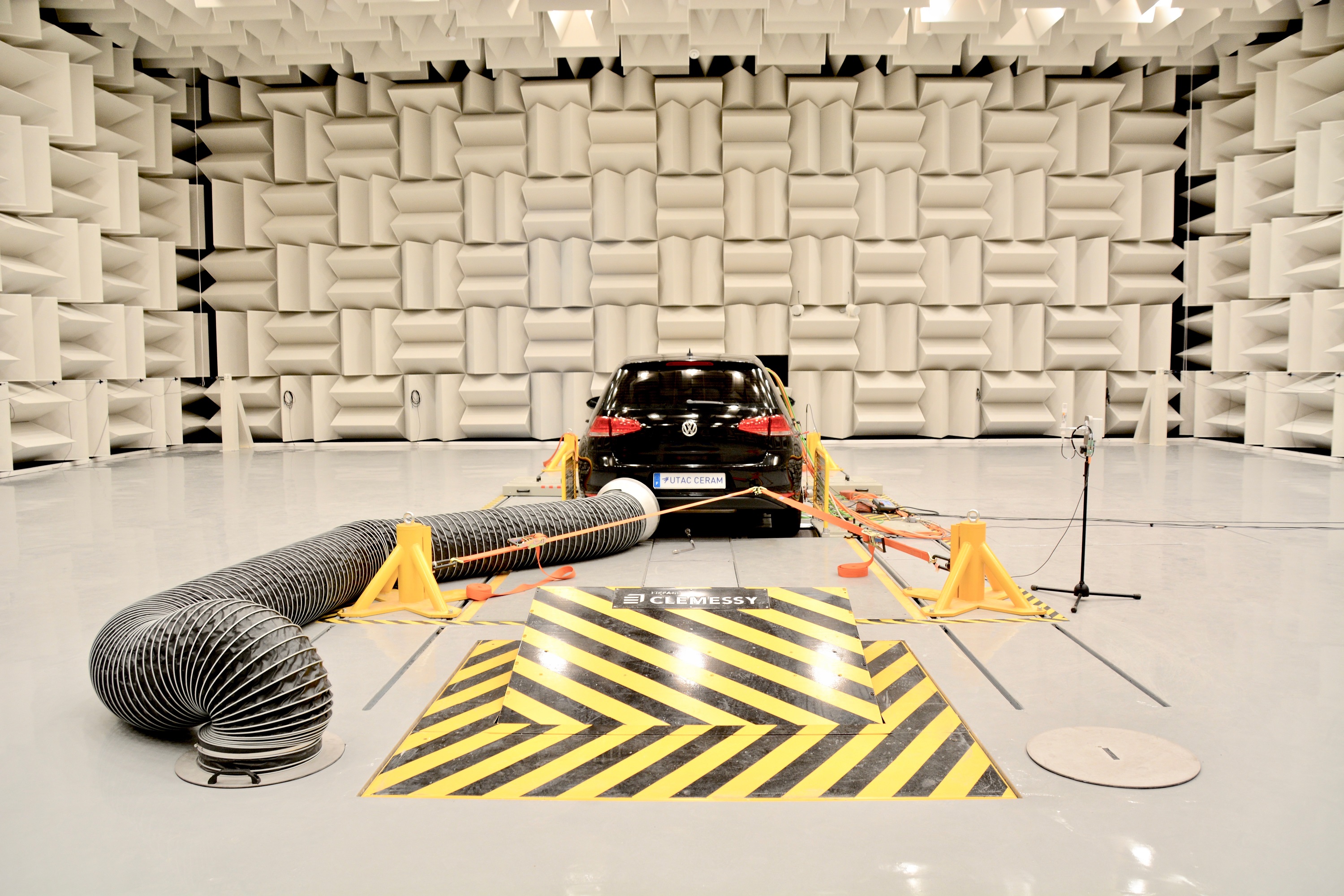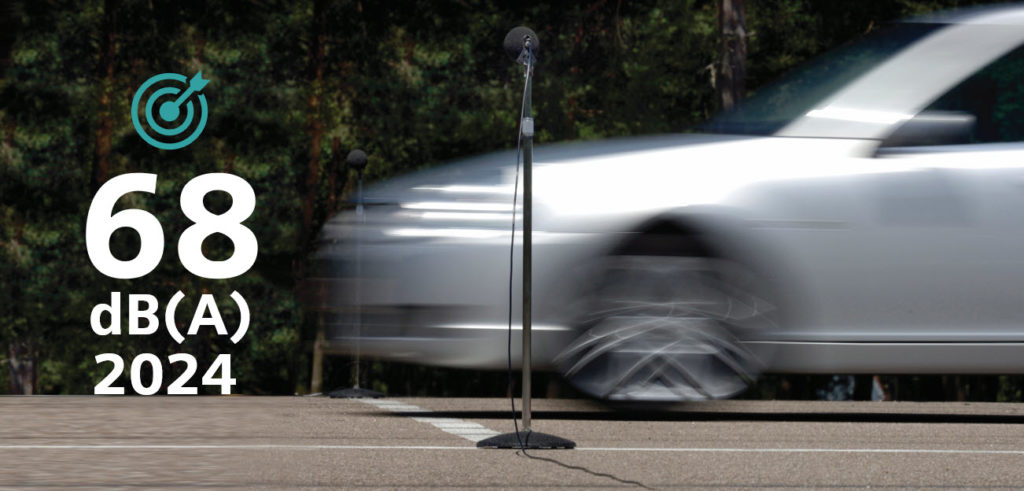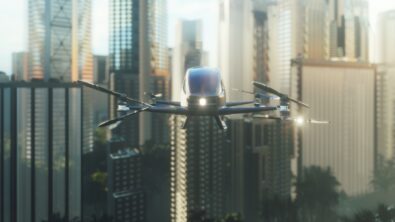Why is interior pass-by noise a promising solution for new vehicle noise regulations?

Traffic noise is a major source of nuisance in cities. Of the many sounds that resonate in a metropole, the constant drone of traffic is probably the most annoying one. Wouldn’t it be nice to wander around in Paris, London, or Roma and hear nothing but the lively echoes of an animated city? In many parts of the world, authorities impose vehicle noise regulations. The issue at stake is an important one: lower noise levels would not only improve the quality of life of urban residents but also reduce the number of health problems suffered by the population due to excessive noise.
In fact, there’s a choice of actions to reduce traffic noise: local authorities may decide to simply cut down urban traffic by enlarging pedestrian zones or implementing a toll system in the city center. At the European level, the European Commission has issued regulations ECE 51.03. These vehicle noise regulations state that the noise level of passing-by cars, measured according to urban traffic condition (as defined in the ISO 362 standard), should be reduced to a maximum of 68 decibels by 2024.

So, how will car manufacturers meet this demanding objective? By predicting pass-by noise levels early in the design process and setting exact noise targets for components and subsystems. Exterior pass-by noise testing is currently the only valid technique to certify vehicles according to the ISO 362 standard. Yet vehicle manufacturers will rely more and more on interior pass-by noise testing techniques. These will ensure that their designed vehicle does not exceed the limits set by European regulations.
Tackling vehicle noise regulations at UTAC-CERAM
Interior pass-by noise testing, performed in state-of-the-art acoustic chambers like the one of UTAC-CERAM in Linas-Montlhéry, will shape the future of vehicle pass-by noise design:
- Firstly, the technique permits tests year-round, independent of weather conditions, in a 100% verified and controlled environment. No wonder that the ISO committee considers opting for a standard that allows vehicles certification according to indoor pass-by noise tests, as hazards and driver’s errors are practically eliminated.
- Also, it is the only way to adopt advanced pass-by noise engineering techniques. Those techniques let engineer evaluate the noise contributions of individual sound sources, such as powertrains, exhausts, and intakes. With that input, precise acoustic targets can be set for each component, even in the early vehicle design phase. Innovative methods such as vehicle pass-by noise synthesis can only be implemented in an indoor environment.
Now, some may object that the future of urban traffic lies in vehicle electrification. Sure, it might be, but electric vehicles are also subject to environmental sound constraints. In the short term, electric vehicles will include a noise-generating warning device that alerts pedestrians to the presence of a passing-by car. Designing and validating these acoustic vehicle alerting systems (AVAS) will require dedicated facilities. The UTAC-CERAM acoustic chamber is such a facility, where disturbing background noise is absent.
So, are you eager to learn more about the topic? Watch the video and discover how French technical center UTAC CERAM helps silence vehicles with advanced pass-by noise techniques.
If details are what you’re after, please read the full case study on our website: UTAC-CERAM case study


